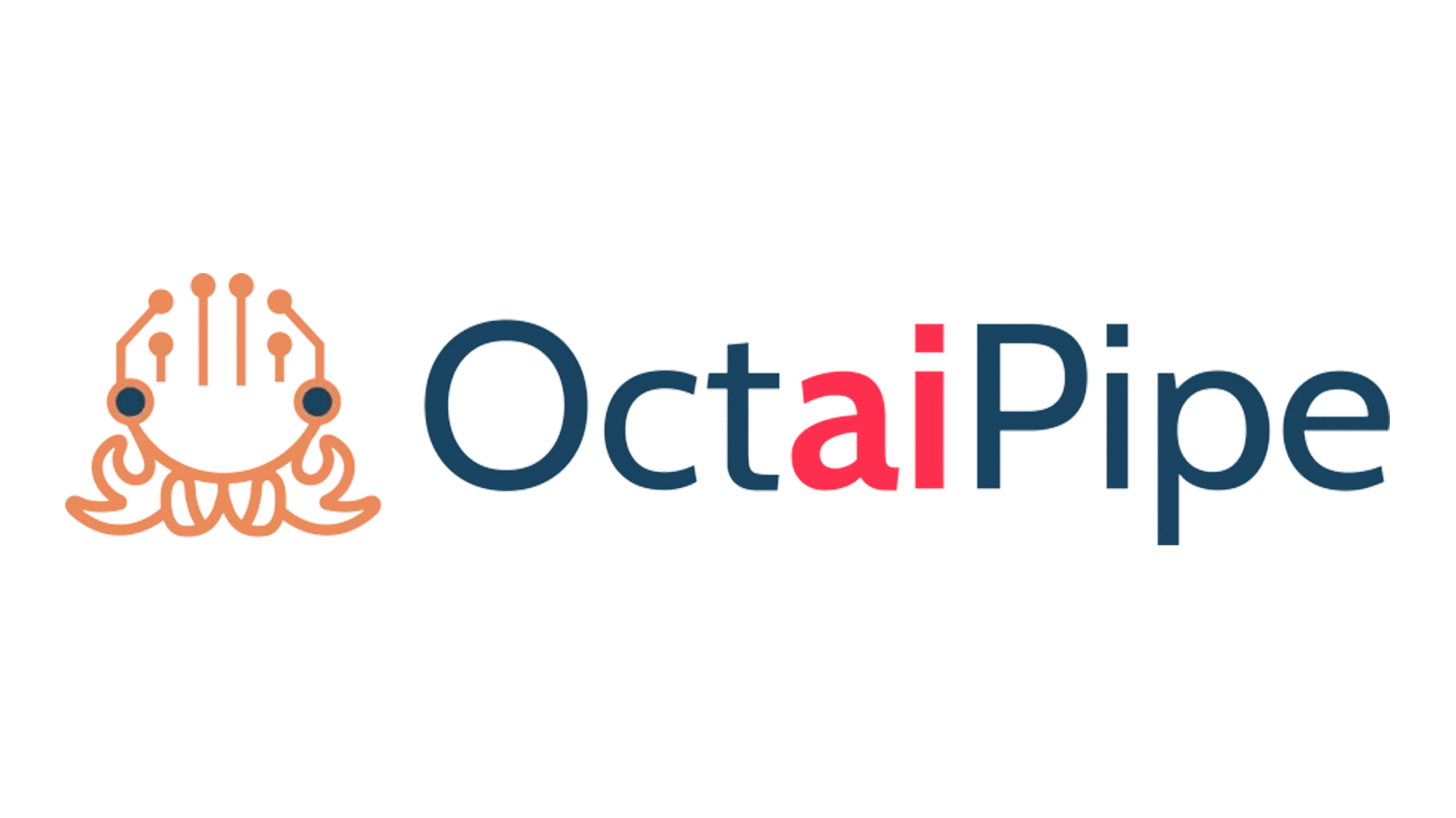Organizations are rapidly embracing AI solutions to create new goods, enhance existing products, and expand their client base through the use of natural language processing (NLP) and emerging technologies such as generative AI, knowledge graphs, and composite AI.
However, the rate at which proofs of concept (POCs) are moved into production, remains the key focus. As a result, Gartner reported this year’s AI landscape dominated by the following four trends:
- Putting AI initiatives into action
- Data, models, and computations are used more efficiently.
- Responsible AI
- Data for AI that is responsible
With this article, we aim to expand on their points with our view and opinion

Trend No. 1: Operationalizing AI initiatives
Continuously delivering and integrating AI solutions inside corporate systems and business workflows is a challenging issue for most enterprises. It can take over 6 months to create the production system required for just 1 model. Even with the growing development of AI orchestration projects, Gartner predicts that it will take until 2025 before only 70% of enterprises will have operationalized AI architectures.
For operationalizing AI solutions, companies should consider model operationalization (ModelOps). ModelOps provides a logical approach to reducing the time it takes to transfer AI models from pilot to production, ensuring a high degree of success. It also includes a mechanism for governing and managing all AI and decision models throughout their existence.
We frequently encounter this challenge with our customers and so pre-built our own ‘ModelOps’ solutions to overcome the time and adoption barriers.
Read more about our ML and AI practices in our blogs: ML Pipelines , ML Ops and ML Development Standards.
Trend No. 2: Efficient use of data, models and compute
Organizations must make optimal use of all resources — data, models, and computing — as they continue to innovate in AI. Gartner refers to this as Com
Weak AI, also referred to as narrow AI, focuses on a single activity, such as answering questions based on human input or playing chess. It can only execute one sort of activity at a time, but Strong AI can handle a wide range of tasks and eventually educate itself to tackle new issues.
Human intervention is required to establish the parameters of weak AI’s learning algorithms and to give necessary training data to assure correctness. Human input speeds up the growth phase of Strong AI, but it is not essential, and it creates a human-like awareness over time rather than imitating it as Weak AI does. Weak AI includes self-driving cars and virtual assistants like Siri.
The goal of strong AI is to create intelligent machines that are indistinguishable from human thought. However, much like a kid, the AI machine would need to learn through input and experiences, continually improving and expanding its capabilities over time.

Trend No. 3: Responsible AI
Responsible AI is the practice of designing, developing, and deploying AI with good intention to empower employees and businesses, and fairly impact customers and society—allowing companies to engender trust and scale AI with confidence as reports Accenture
The more AI replaces human judgments at scale, the more the positive and negative consequences of those decisions are amplified. AI-based techniques, if left uncontrolled, might perpetuate prejudice, resulting in difficulties, lost productivity, and income. While computers can infer race and gender from proxy characteristics, detecting more subtle prejudice is more difficult.
Moving forward, businesses must build and run AI systems in a fair and transparent manner, while also considering safety, privacy, and society as a whole. Teams need to focus on building explainable systems and why we operate to our 5 E’s to build responsible AI.
Trend No. 4: Data for AI
A good engine needs good fuel, and it is no different for AI and machine learning. Disruptions like the COVID-19 epidemic has made historical data that represents previous conditions fast outdated, crippling many AI and ML models in production.
New analytics techniques known as “small data” and “broad data” are increasingly being used by Data and Analytics and IT leaders. They can use available data more effectively when combined, either by dealing with little amounts of data or extracting greater value from unstructured, heterogeneous data sources.
The other important thing to understand about data is its characteristics. Data has, volume, velocity, variety, and veracity (the 4 V’s). It comes at you in many forms and at a speed and volume, you need to control. This drives how you collect data, store it, and prepare it for use and ultimately how you can use it.



